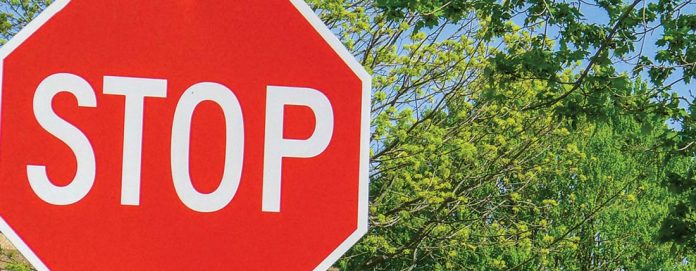People in Gilroy neighborhoods may be allowed to use radar guns to monitor and report traffic violations in their neighborhoods, the City Council suggested Monday.
After an hour-long discussion about people speeding and cutting through neighborhoods, endangering children and pedestrians, the council voted unanimously to have the city staff come up with clear policies to calm traffic in problem areas.
“I’d like the city staff to look into Citizen Speed Watch Programs, like what’s being done in Rockville, Md. and Cheyenne, Wyo.,” Mayor Roland Velasco said. “This is about empowering the citizens to get a radar gun and get trained on it.”
“The staff gets a lot of calls from residents every week and traffic and speeding and right now the city lacks a policy to directly handle that,” said transportation consultant Gary Black, who was one of a panel of people to address the council, along with Interim Traffic Engineer Michael Fisher and Public Works Director Girum Awoke.
“As I read through this staff report one of the things that really jumped out at me was the fact that many of the traffic calming is reactive to accidents that have already happened,” council member Dan Harney said. “A lot of the issues that have come up are because residents have brought it to our attention. I would like to see something done before someone gets hurt or killed.”
In June the city entered into a contract with Hexagon Transportation to examine what nine other Bay Area communities in the area are doing to tackle their traffic issues.
Those include more police patrols, speed humps, educational programs or a Neighborhood Speed Watch Program where citizens would be trained how to use speed guns among other measures to reduce traffic.
But not stop signs.
“The California Manual of Uniform Traffic Control specifically mandates that stop signs cannot be used to mitigate traffic,” Black said. “That’s because unwarranted signs create other problems. It’s proven that drivers speed up between stop signs if the stop signs are placed there only to control speed.”
The three main criteria the city will examine when determining calming traffic needs are speed, the volume of cars and if there have been five or more preventable accidents at the site within three years
Black also laid out the process a citizen would need to follow to initiate a traffic study in their neighborhood. It would start with a formal request to the city followed by a neighborhood petition. The city would follow that with the collection of traffic data and city staff would determine what traffic mitigation the neighborhood should receive.
To resolve issues the city would hold meetings with the neighborhood to explore what would need to be done. Once the neighborhood in question is satisfied, a final decision would need to be decided by the city council and a trial or permanent solution would be implemented.
For these solutions to work, there would need to be broad support within affected neighborhoods.
“We’re suggesting the level of support 60 percent of the neighborhood voting area and 100 percent approval of property owners with 100 percent of the proposed implementation device location,” Black said. “That’s very important because if nobody on the street wants speed humps on the street, we can’t do it. We can’t force something on anyone.”













